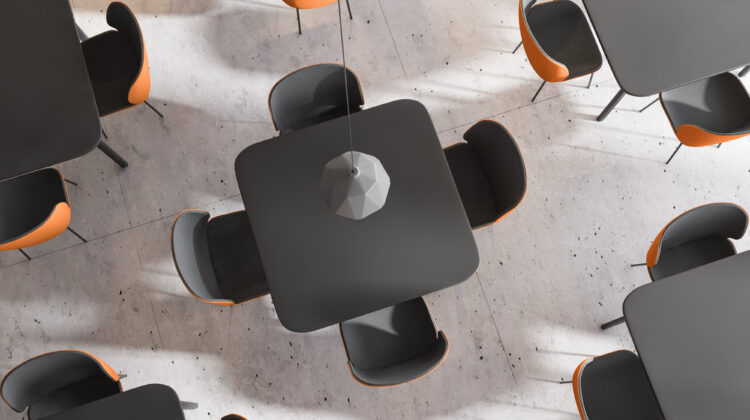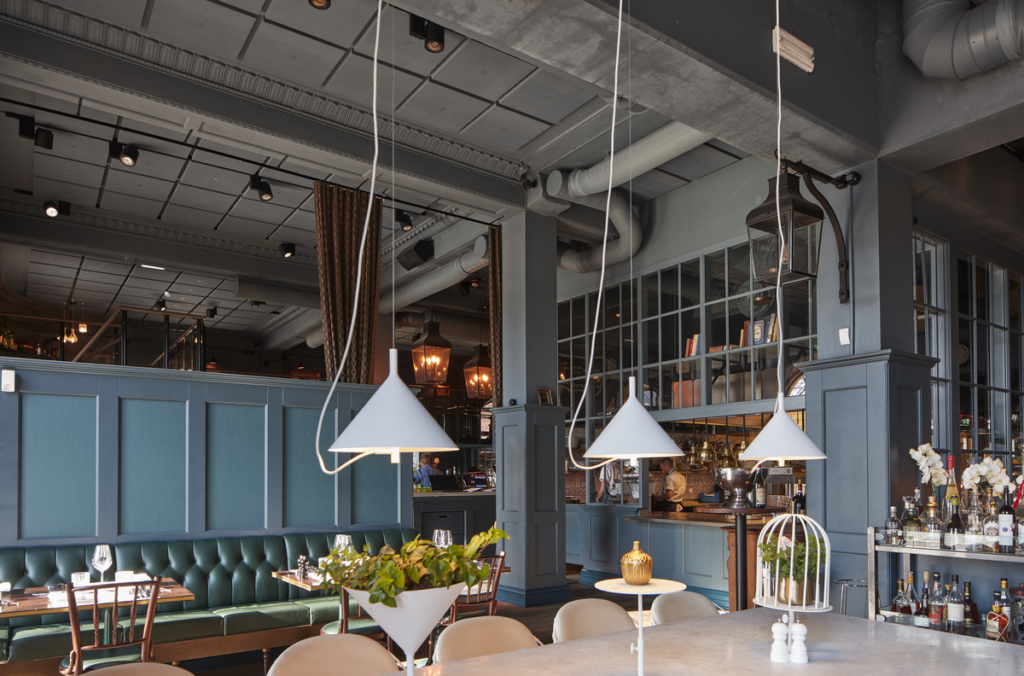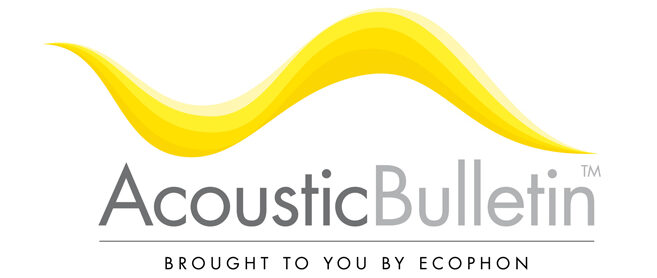
In hospitality spaces such as restaurants, hotel lobbies, and cafés, escalating noise is more than just a nuisance—it’s a scientifically recognized phenomenon with measurable impacts on both guest experience and business outcomes. This is largely driven by the Lombard effect, a reflexive human response where people raise their voices in noisy environments to be heard. In this article, we explore recent research findings from Poncetti & Soares (2022) and how acousticians, architects, and hospitality developers can apply them to optimize acoustic comfort.
The Lombard effect: a brief overview
First described by Étienne Lombard in 1909, the Lombard effect explains why people instinctively increase their vocal effort as background noise levels rise. In open or reverberant spaces, this triggers a self-reinforcing loop:
- Higher background noise → increased speech levels → further increase in background noise.
In hospitality spaces, this dynamic often results in:
- Decreased speech intelligibility.
- Increased discomfort and guest fatigue.
- Shorter dwell times and decreased spending.
The Lombard effect and table spacing – key model components
The study “An Analytical Model for Calculating the Minimum Space Between Restaurant Tables in Order to Attenuate the Lombard Effect” highlights how room acoustics and seating layouts interact with the Lombard effect.
According to the study, the minimum distance between two tables (d_min) to mitigate the Lombard effect in a reverberant space can be calculated using a balance of direct sound level and reverberant field contribution:
- Comfortable speech: Speech signal-to-noise ratio (SNR):
The SNR must exceed +3 dB for comfortable and intelligible conversations. - The average room absorption coefficient of the room (ᾱ):
The study shows that spaces with an average ᾱ between 0.7 and 1 (typical for spaces with good acoustic treatment) allow for significantly reduced distances between tables without causing guests to raise their voices. - Reverberation time (RT60):
Reverberation times exceeding 1.0 seconds tend to worsen the Lombard effect by amplifying background noise, whereas spaces with RT60 < 0.7 seconds perform significantly better. - Energy balance:
The model considers both direct acoustic energy and reverberant field contributions, confirming that insufficient absorption can lead to excessive noise build-up even with generous table spacing.
Equation highlights (simplified):
SNR= L direct − L reverb
Where:
- L direct is the direct sound level between speakers,
- L reverb is the ambient noise level dominated by reverberant energy.
As the average absorption of the room increases (higher ᾱ value), L reverb decreases, allowing for closer table spacing while maintaining the SNR needed for intelligibility.

Application: how to use the model in real projects
To minimize the Lombard effect and provide optimal guest experience:
- Combine spatial zoning with ceiling and walls with high sound absorption properties.
- For restaurant and hospitality spaces aim for average room absorption coefficient (ᾱ) of 0.7–1.0.
- Target RT60 < 0.7 s
- Calculate minimum distances between tables based on predicted SNR and RT60 values.
- Adjust seating layouts and material specifications to balance acoustic comfort with seating density goals.
For example:
In a restaurant with poor acoustic treatment (ᾱ≈ 0.2), achieving an SNR of +3 dB might require tables to be spaced over 3 meters apart. In contrast, a space treated to ᾱ ≈ 0.8 allows for comfortable speech with distances as low as 1.5 meters, optimizing both guest experience and operational capacity.
Beyond restaurants: other spaces where the Lombard effect matters
While restaurants are a clear case study, this phenomenon equally affects:
- Hotel lobbies and receptions
- Cafés and coworking lounges
- Bars and conference spaces
In all these environments, where guest interaction is key, controlling reverberation and background noise is critical.
Conclusion: science-backed acoustic comfort
The findings from Poncetti & Soares reinforce what acousticians and architects often observe in practice: spatial design alone isn’t enough. Without proper integration of sound-absorbing ceilings, wall panels, and free-hanging units, hospitality spaces remain prone to noise escalation due to the Lombard effect.
By applying these insights early in the design process, professionals can deliver environments where acoustic quality enhances both guest well-being and business outcomes.
Source: Poncetti, N. F., & Soares, P. F. (2022). An analytical model for calculating the minimum space between restaurant tables in order to attenuate the Lombard effect. Proceedings of the Institute of Acoustics, 44(1), 1-11.

